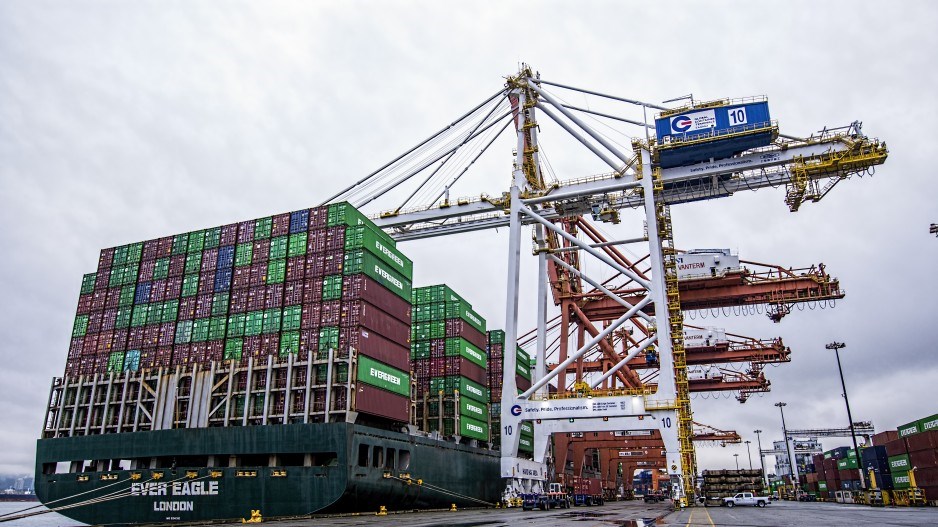Canadian manufacturing has rebounded sharply since the pandemic – just not to pre-COVID levels, when adjusting for inflation.
Manufacturing sales severely dipped in the initial three months of the pandemic and recovered most of those losses by June 2020, according to Statistics Canada data.
Since then, Alberta has taken the lead among the four largest provinces, increasing its manufacturing sales by 80 per cent between June 2020 and March 2022.
Among the other large provinces Quebec has had the lowest growth (29 per cent). Ontario grew 42 per cent over the same period, while B.C. registered 44 per cent growth.
“Anecdotally, what we’re hearing from our members is that their sales are up,” said Andrew Wynn-Williams, the B.C. divisional vice president for the Canadian Manufacturers & Exporters [CME] industry association. “They’re really struggling with the margins, however.”
With only 0.5 per cent of the global population, Canada produces one per cent of global manufacturing output, according to a 2018 report from the Brookings Institution think tank.
Despite being one of Canada’s smaller per capita manufacturers, B.C. produces everything from medical machinery to wood and forest products.
Wynn-Williams said B.C. has been able to make its mark on the Canadian manufacturing scene by focusing on producing low-volume, high-value goods often protected by intellectual property.
Vancouver’s large tech and life sciences scene helps contribute to this manufacturing environment. In contrast to steel and commodity producing regions like Regina and Hamilton, B.C.’s large manufacturers are headlined by companies like Stemcell Technologies Inc. or Food Processing Solutions Corp.
“Those kinds of companies are where we [CME] see the success of the future,” Wynn-Williams said.




